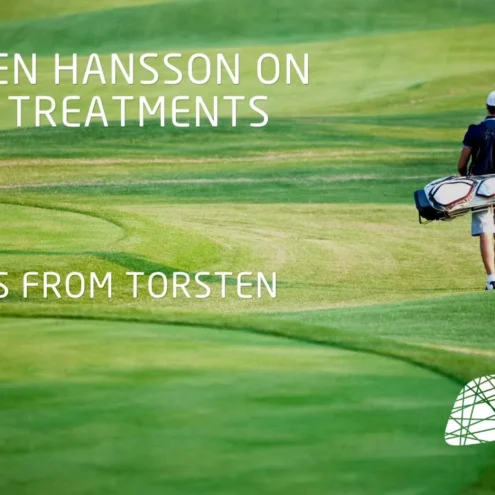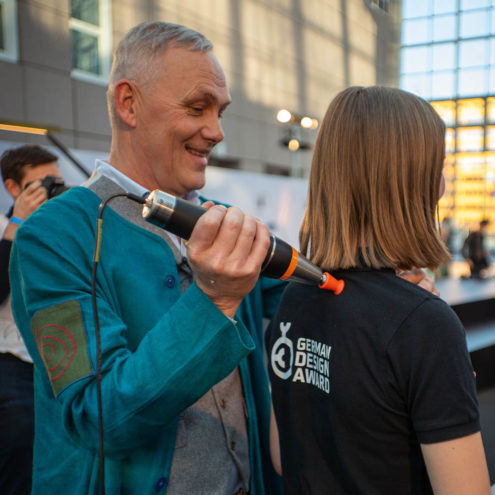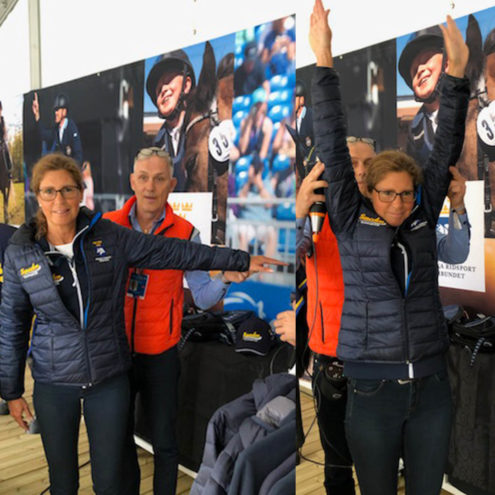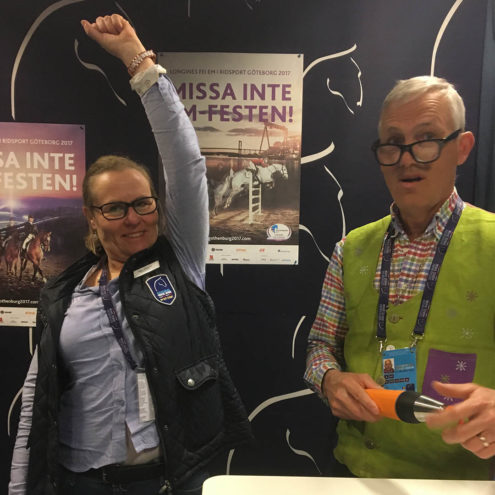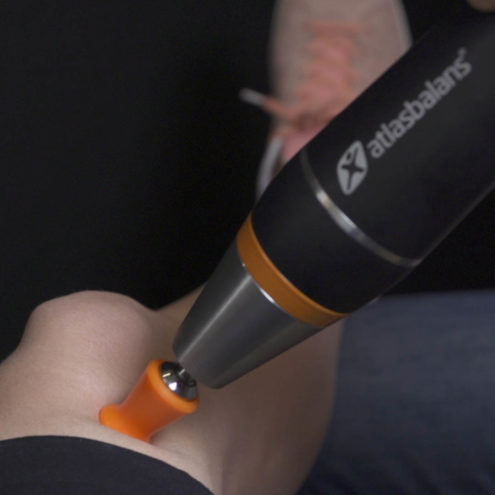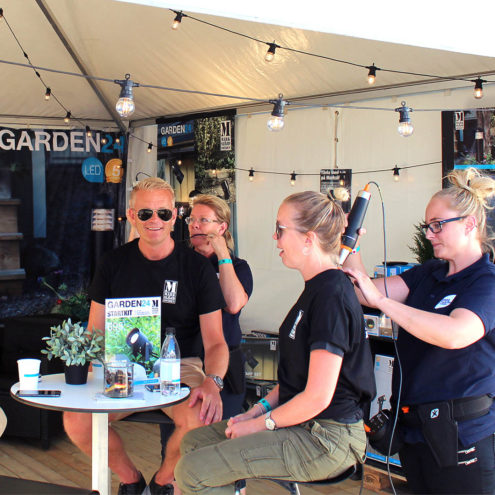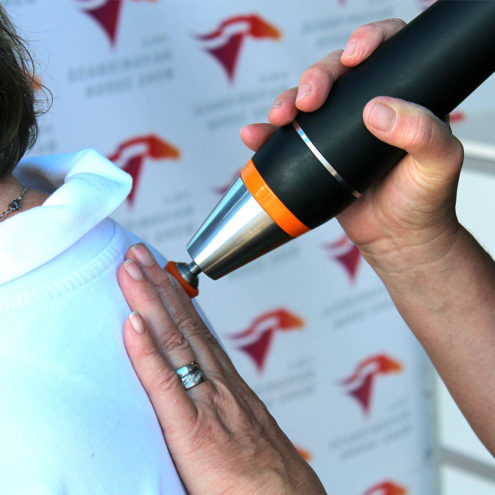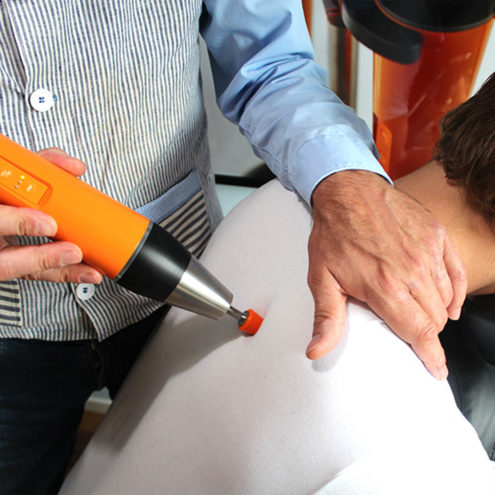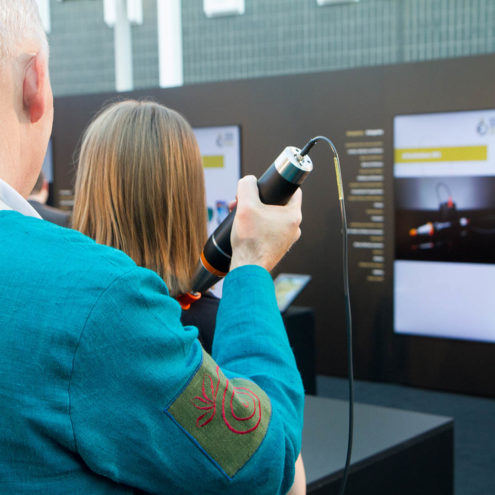Pes Anserinus: Anatomy and Function
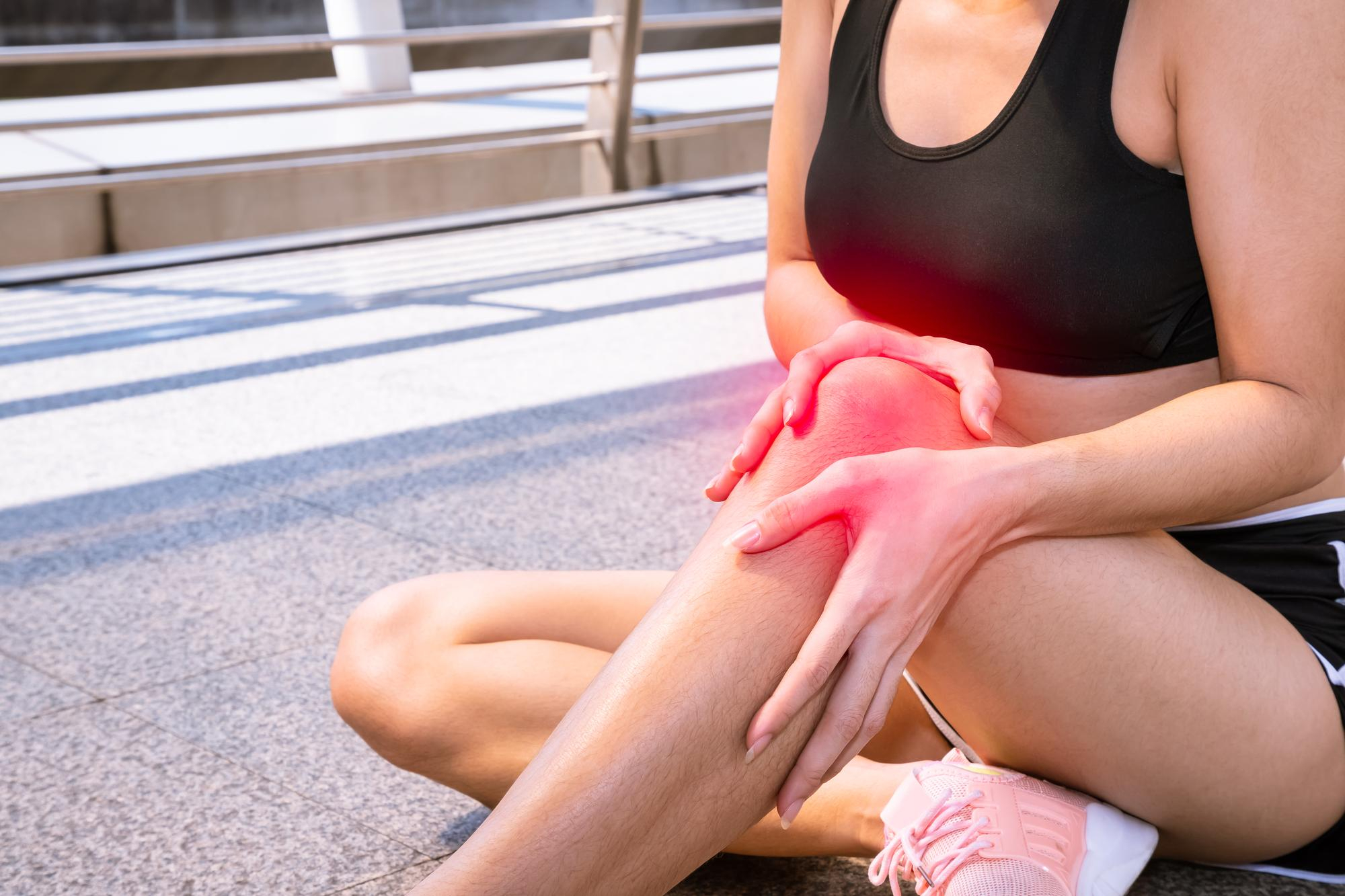
What is pes anserinus?
The pes anserinus, or goosefoot as it is also known, is made up of fused tendons from three of the thigh muscles. This structure attaches under the knee joint on the inside of the lower leg.
Description of the pes anserinus and its location on the inside of the knee
The muscles that make up the pes anserinus are the sartorius, gracilis and semitendinosus. The pes anserinus attaches to the upper inner area of the tibia (shin bone). Within the pes anserinus, the three muscles attach so that the sartorius tendon is at the front, the semitendinosus is at the back, with the gracilis in between.
The function of the pes anserinus and its role in stabilization and movement of the knee joint
All the muscles that make up the pes anserinus can create flexion and outward rotation of the knee joint. The pes anserinus also prevents the knees from falling inwards into the valgus position. Each muscle that makes up the pes anserinus, originates from three different areas of the pelvis so they cover the three different parts of the thigh and then join together to form the pes anserinus on the tibia. This arrangement is also thought to help stabilize the pelvis over the knee joint.
Constituents of pes anserinus
The pes anserinus consists of the tendons from the leg muscles Sartorius, Gracilis and Semitendinosus that join and attach to the upper inner part of the tibia. Between the tendons and the tibia there is a bursa that allows the tendons to glide smoothly over bony structures and relieves pressure on the knee joint.
Common problems and injuries with pes anserinus
The most common problem with pes anserinus is that the bursa becomes inflamed. The cause of the inflammation is often overstretched muscles, but increased friction can also irritate the bursa.
Even direct trauma to the pes anserinus such as punches and kicks can cause problems with the tendons and bursa.
Inflammation or overuse of the muscles and tendons of the pes anserinus, known as pes anserine bursitis
Inflammation of the bursa or of one of the tendons often occurs due to overuse of one of the muscles of the pes anserinus. The pain is aggravated during activity where the muscles are strained and decreases at rest. The pain is felt on the inside of the knee joint and careful palpation can locate the pain point below the knee joint.
Risk factors and causes of pes anserine bursitis, including overuse in sports or improper biomechanics.
Common causes of pes anserine bursitis are overuse and overexertion of any of its muscles. Athletes with insufficient recovery are at risk. Poor biomechanics of the foot and ankle can also cause the knee joint to become unstable and collapse, straining the pes anserinus. Problems with the pelvis and lumbar spine can alter the biomechanics of the legs, putting more stress on the inside of the knee joint. Some people are born with collapsed knee joints which can eventually cause problems with the pes anserinus.
Highly athletic adolescents in puberty, where the bones grow faster than the muscles, may have problems with pes anserine bursitis because the muscles are not strong enough to stabilize the knee joint. In adolescent girls, the pelvis often grows faster than the stabilizing hip muscles, causing the knee joints to fall in towards the midline.
Treatment of pes anserinus-related problems
The treatment of pes anserinus-related problems requires a comprehensive and individualized approach. Some ways you can get help are:
Diagnostics: A doctor can use advanced diagnostic tools such as MRI, CT scan and ultrasound to identify the cause of your problems. A thorough medical history and physical examination are also crucial to making an accurate diagnosis.
Physiotherapy: Physiotherapists can develop personalized exercise programs to strengthen the muscles around the pes anserinus, improve mobility and reduce pain. Exercises can include strength training, stretching and balance exercises.
Manual therapy: Techniques such as massage, mobilization and manipulation can be used to improve knee joint function, reduce muscle tension and relieve pain in the pes anserinus.
Medical treatment: Includes painkillers, anti-inflammatory drugs and, if necessary, injections of cortisone to reduce inflammation and pain.
Surgery: If previous treatments have not been successful, surgery such as arthroscopy may be necessary to restore knee function and relieve pain. In very severe cases of pes anserine bursitis, the entire bursa may need to be removed.
Advice: Advice on lifestyle changes, ergonomics and exercise programs to prevent future knee problems. This can include tips on how to adapt your work environment, improve your posture and reduce the risk of injury through proper technique in physical activities.
The R.I.C.E method (rest, ice, compression, elevation) for acute injury or inflammation
In case of acute injuries and inflammation of the pes anserinus, the R.I.C.E method can be used.
Rest: Stop the activity when the injury occurs to reduce the blood flow in the affected area and to avoid further damage.
Ice/Cold: Apply something cooling such as an ice pack or cold compress to the injured area to reduce pain and swelling.
Compression: Apply a tight bandage over the injured area to reduce bleeding. The tightly pressed bandage should be left on for 24-48 hours.
Elevation: Put your leg in an elevated position, over your heart to reduce blood flow.
Physiotherapy to strengthen the muscles and improve the biomechanics around the knee
A physiotherapist can create a personalized exercise program with different exercises to build mobility, strength and stability in the knee joint. It is important to follow the physiotherapist’s advice so that the knee joint can heal and regain its function and you do not sustain further injuries. The rehabilitation time and the design of the exercise program may vary depending on the extent and severity of the injury.
Anti-inflammatory medication and injections as needed to relieve pain and swelling
For minor injuries and irritations of the pes anserinus, over-the-counter anti-inflammatory medicines may be sufficient to manage symptoms. For severe pain and inflammation, or if over-the-counter medicines do not help, strong anti-inflammatory medicines may need to be used. Cortisone injections can be given directly into the pes anserinus to reduce pain and inflammation.
 Search
Search





